Here we look at it and casting, forging and other traditional processes, what are the advantages and disadvantages!
In recent years, meta3D printingis more and more widely used, this technology is still in development, but can already play a lot of roles, and casting, forging and other traditional processes, also has a certain advantage compared to.
Here we look at it and casting, forging and other traditional processes, what are the advantages and disadvantages!
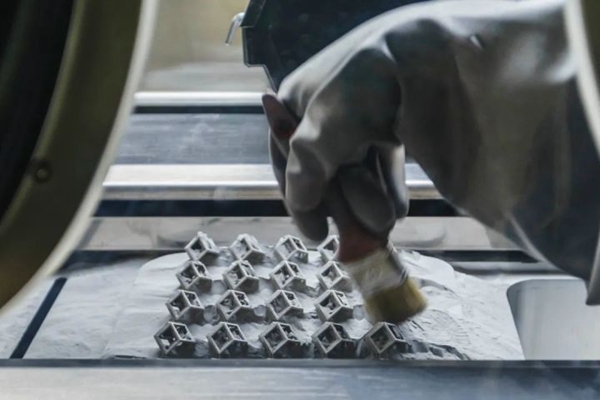
Advantages
1, can achieve light weight
Due to the small molding restrictions, 3D printing can give full play to the role of generative design and topology optimization, in the design phase through the algorithm to reduce the unnecessary parts of the parts to achieve lightweight printed parts, and then manufactured through 3D printing.
2, can build complex shapes
Metal 3D printers are layer-by-layer to create objects, taking the most common powder bed melting as an example, by repeatedly melting and curing metal powder by laser bit by bit to create objects. Forming limitations are relatively small and complex structures like lattices can be created.
Therefore, some parts that cannot be demolded and cannot be accessed by tools for cutting can be manufactured by 3D printing. In addition, the strength of metal 3D printed parts is already higher than casting, and with the continuous progress of technology, its strength is approaching forging strength.
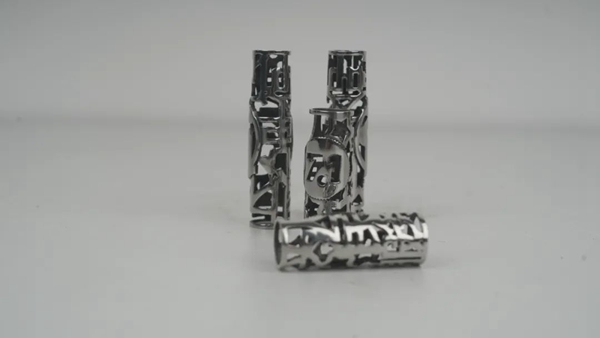
3、Small number of parts, high efficiency
The 3D printing process has a high degree of design freedom and can give full play to the design, which not only reduces unnecessary parts, but also integrates multiple parts into a whole, enhancing work efficiency and reducing energy consumption.
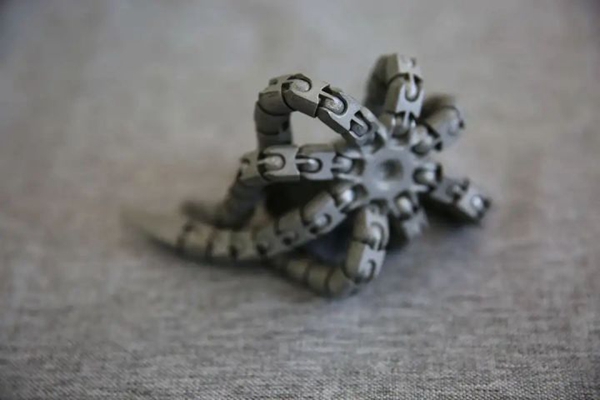
4、Short delivery cycle
When the number of parts is relatively small, or just one piece, 3D printing not only has a short production time, but also a cheap unit price. Therefore, metal 3D printing is suitable for making prototype parts or small batch production.
Of course, any processing process has advantages and disadvantages, let's take a look at the disadvantages of metal 3D printing
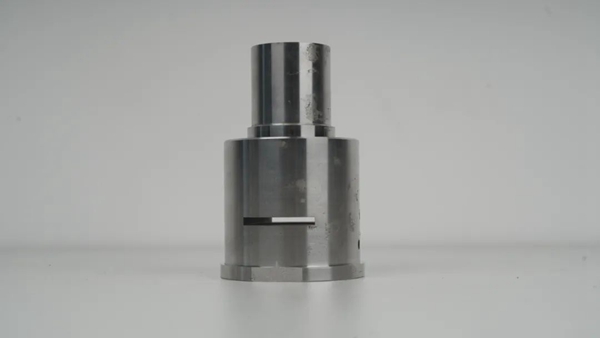
Disadvantages
1、General surface finish
The surface finish of metal 3D printed parts is relatively rough compared with traditional process, and it needs to be post-processed to achieve a more ideal surface finish.

2, not suitable for mass production
When the production scale reaches a certain number, the economic efficiency of metal 3D printing will decline, and it is not yet capable of mass production tasks.
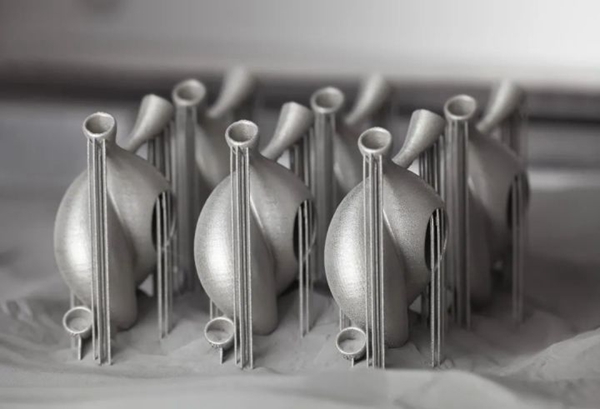
3, not suitable for printing large size objects
Because of the existence of thermal stress, metal 3D printing is currently not very suitable for printing large-size objects, which are prone to warpage and other phenomena.
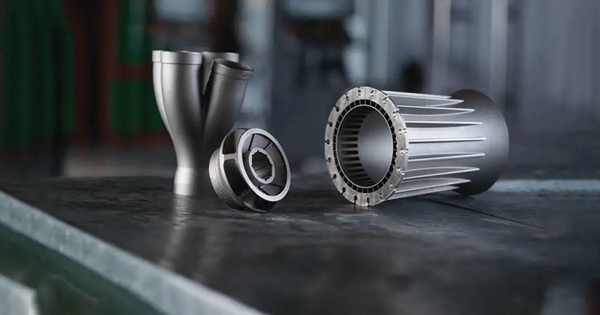
However, the new metal 3D printing represented by jetting technology has overcome this difficulty, but the current popularity is not enough. In the future, metal 3D printing can also manufacture large parts
Overall, metal 3D printing is a good complement to the current metal process, and with the continuous improvement of its technology, I believe that the future application will be more extensive. Mohou.com can currently 3D print stainless steel, aluminum alloy, mold steel, titanium alloy, welcome to consult to understand.













